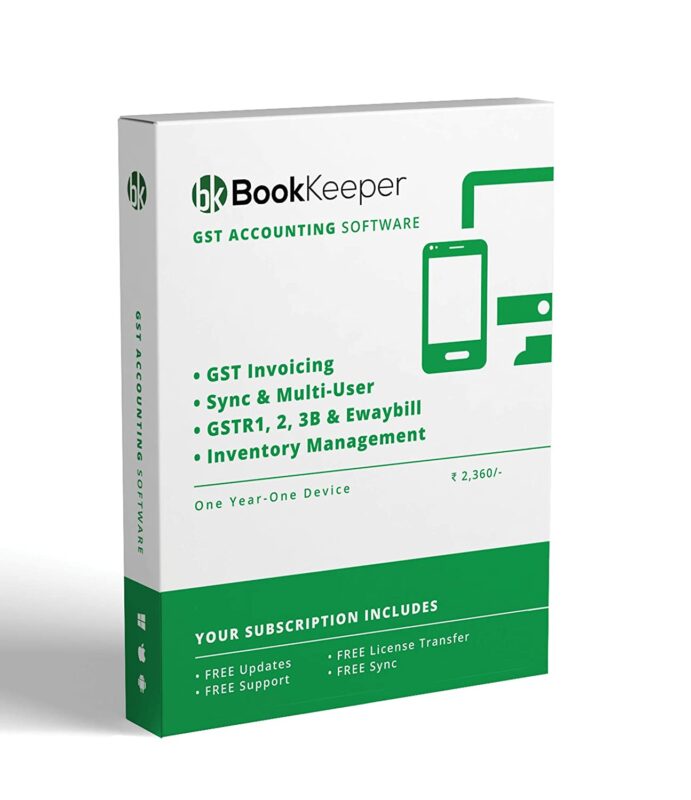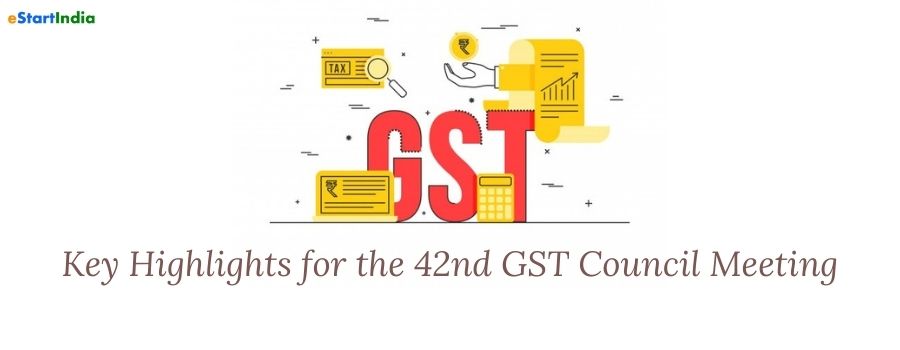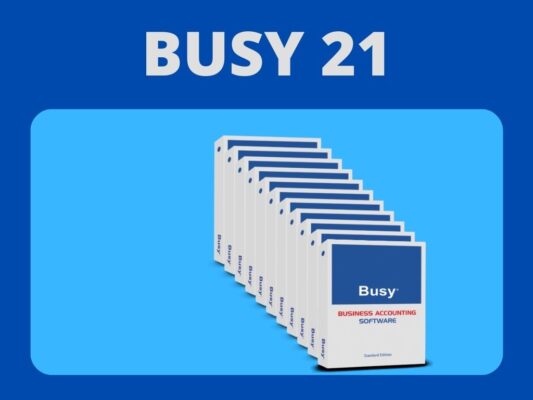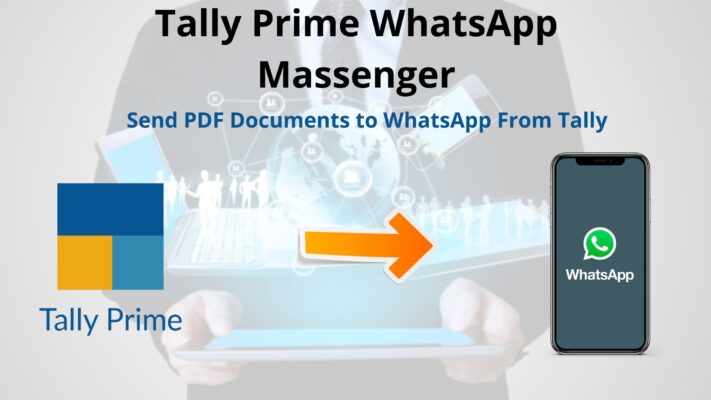Tally Solutions
42nd GST Council Meet: Key Highlights
42nd GST Council Meet: Key Highlights
Union FM Nirmala Sitharaman chaired the 41st GST council meeting conducted virtually via VC. In 41st GST Council Meeting it has been discussed that the shortfall for the Financial Year 2020-21 will be Rs 2,35,000 crore. Out of this, Rs 97,000 crore is the shortfall due to GST implementation, whereas the rest is considered as due to COVID-19. 42nd GST Council Meet: Key Highlights
States were given two options to make up for their revenue shortfall amid the Covid-19 pandemic. 42nd GST Council Meet: Key Highlights
- To provide a special borrowing window to states, in consultation with the RBI, to provide Rs 97,000 crore at a “reasonable” interest rate and this money can then be repaid after 5 years by extending cess collection
- To meet the entire GST compensation gap of Rs 2.35 lakh crore this year itself after consulting with the RBI
The states had to make a choice between these two options within 7 working days, post which the GST council was to meet again to finalise the decision.
The states that have opted for exercising the borrowing options to make good their GST revenue shortfall want the process to start, without having to wait for the states that are not in favour of the Centre’s plan. As many as 12 states have agreed to borrow according to the ‘option 1’ presented to them in the last GST Council meeting. While six more states are likely to convey their borrowing preference sometime this week, many states, including Punjab, Kerala, Tamil Nadu, West Bengal and Delhi, have objected to the idea of states borrowing from the market. A few other states have also expressed their views on the plan without indicating a preferred option. 42nd GST Council Meet: Key Highlights
Reviewing the preparedness of the e-invoicing system
The GST Council may also take a quick update on the level of preparedness of the GSTN in implementing the e-invoicing system from 1st October 2020.
The next GST Council meeting will be tentatively be held in the first week of October, which will be mainly focused to review the options provided by the central government in which it allowed states to borrow funds either from RBI or from the market with some rules to meet the compensation gap of states.
CALL US FOR ANY QUERY WE ARE GLAD TO HELP YOU OUT @9811782542 & 9911721597























